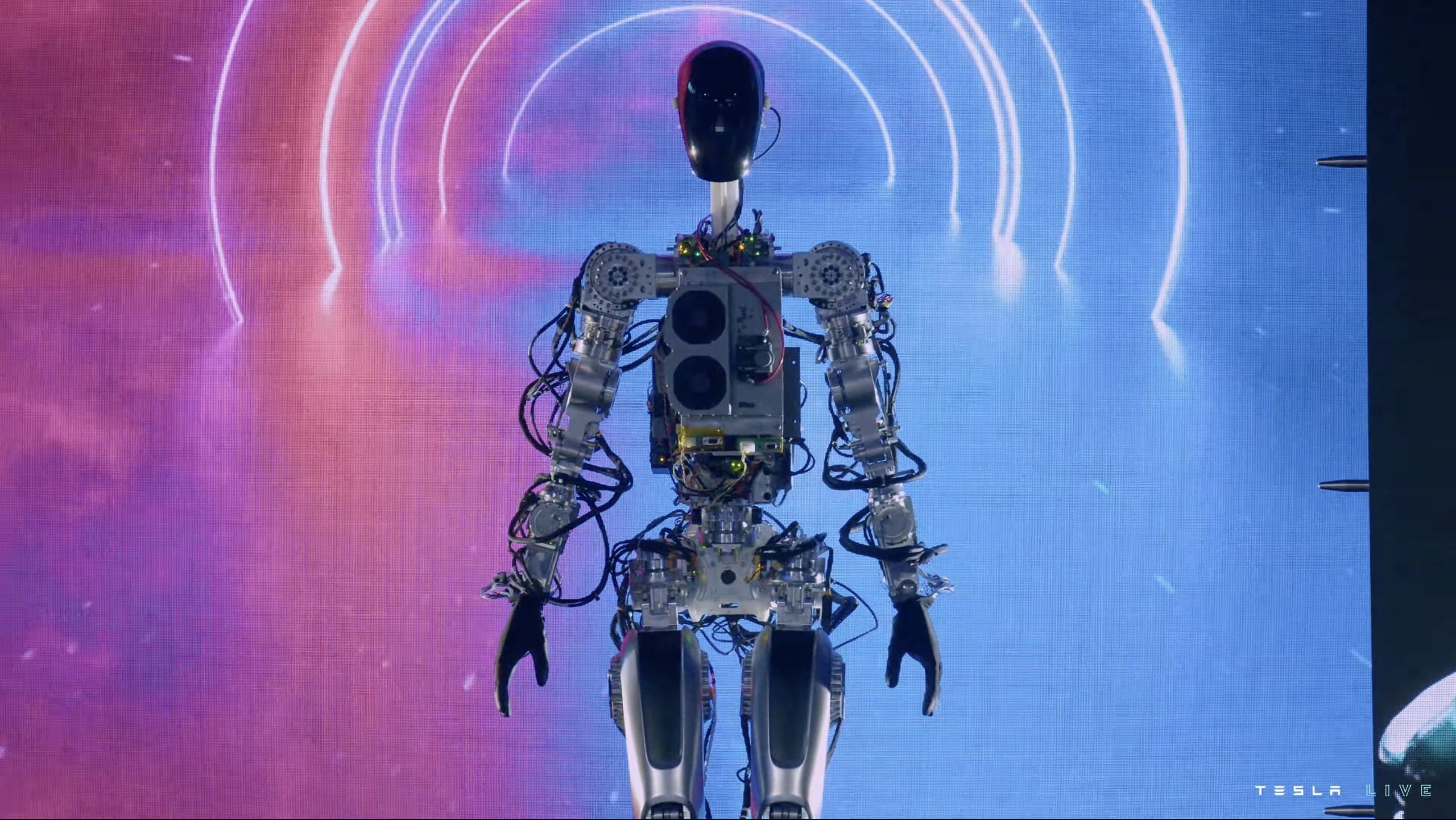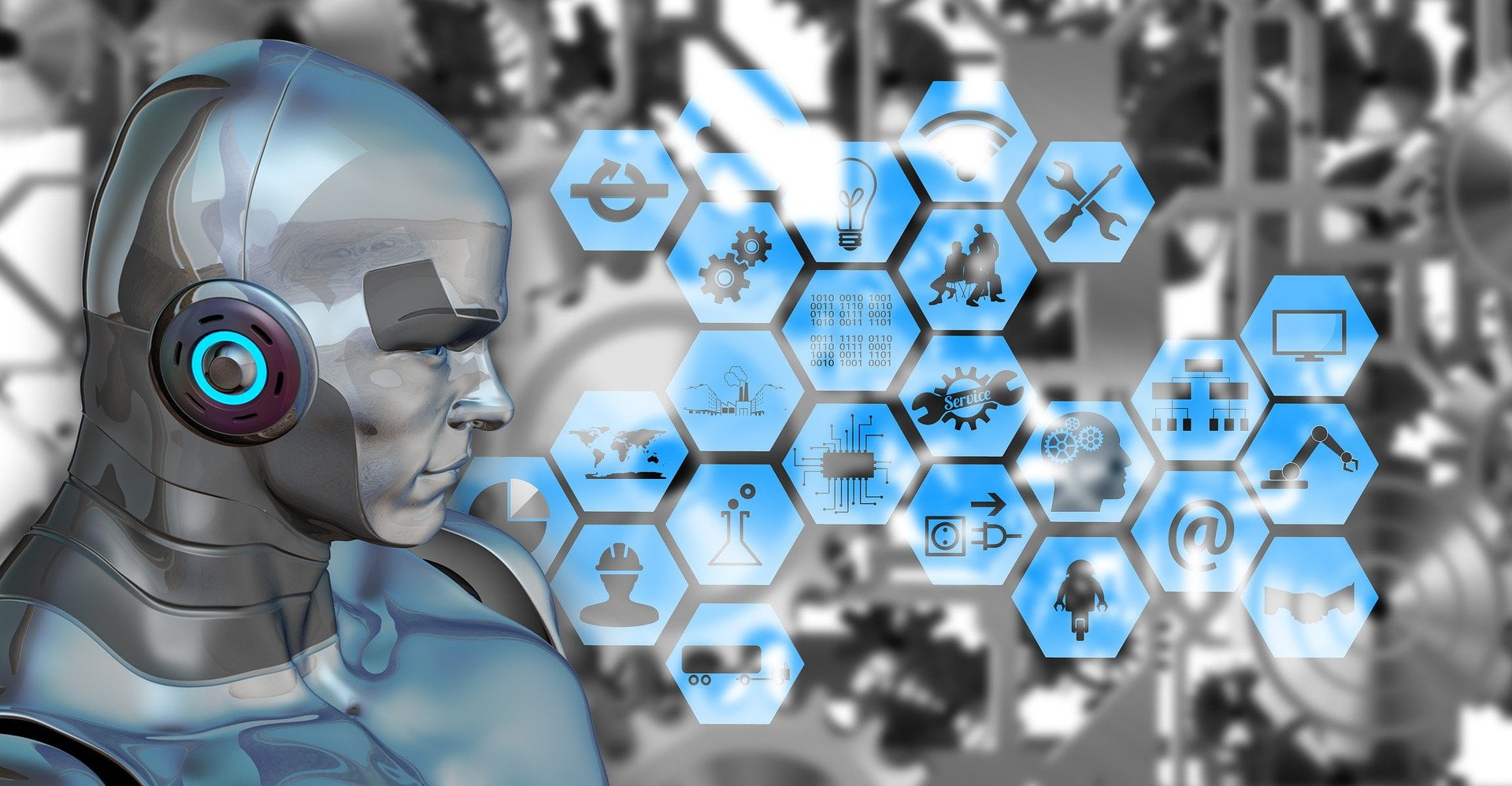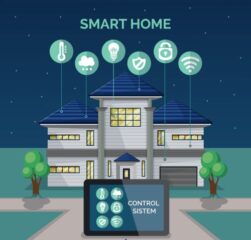Tesla robot Optimus was unveiled on August 19, 2021, as the latest addition to Tesla’s offerings. Designed to be a humanoid robot, the Tesla Robot Optimus boasts cutting-edge features and technology, expected to revolutionize the industry and make tasks easier for humans. With Elon Musk at the helm, it’s no surprise that Tesla’s creation is generating a lot of buzz since its announcement. Read on to learn everything you need to know about the Tesla Robot Optimus.
An Overview of Tesla Robot Optimus
Tesla bot Optimus prototype was uncovered in 2022, where it waved and pumped its arms on stage. Designed with Elon Musk’s vision for a fully-automated future, this bot is getting a lot of excitement and intrigue. It represents a significant leap forward in robotics technology and is poised to change the way industries approach dangerous or physically demanding tasks.
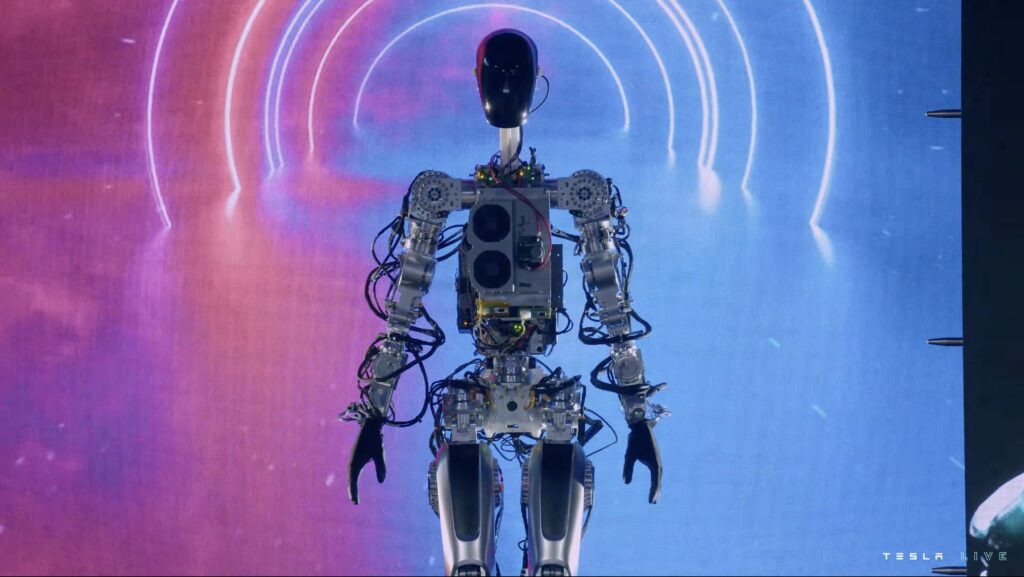
The Tesla Robot Optimus showcases a similar appearance and movement to humans, and with advanced sensors and AI (artificial intelligence), it can respond to various environments and scenarios. It also features a user-friendly interface for easy control and customization. Robot’s body is built from lightweight materials such as carbon fiber and aluminum, which makes it robust and durable. It has a sleek and futuristic design that is typical of Tesla’s products.
All eyes are on Tesla as the world watches to see how the introduction of the Tesla Robot Optimus will change the game of robotics technology.
Features of Optimus
- Muscles: 28 structural actuators
- Hands: 11 degrees of freedom
- Battery: 2.3kWh battery pack, 52V
- Joints: inspired by human biological joints
- Power usage: 500 watts (walking), 100 watts (sitting)
- Connectivity: WiFi, LTE
- Speed: 5 MPH (8 kilometers/hour)
- Holding capacity of each hand: 20 pounds (9kg) and can increase depending upon the arrangement
- Weight: 161 pounds (73 kilograms)
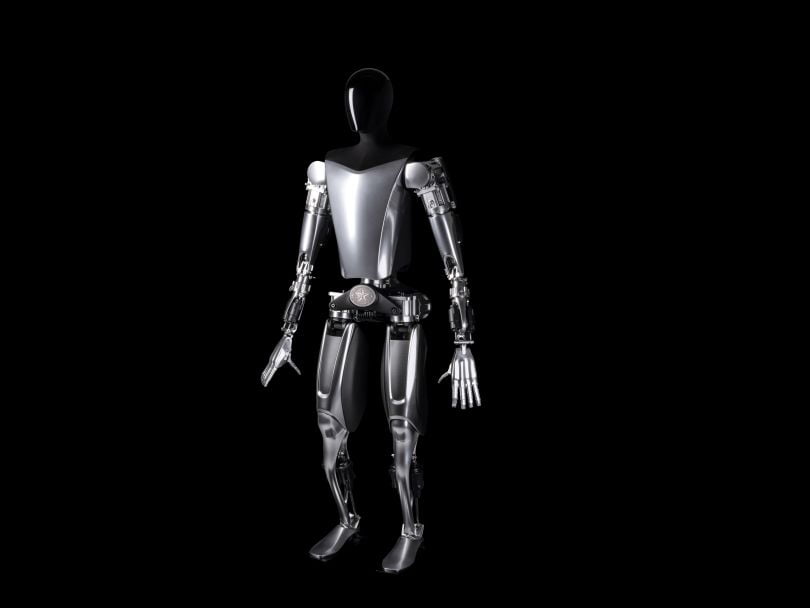
Breaking Down the Features of the Tesla Optimus Robot
The Tesla Robot Optimus is designed to have a humanoid appearance and movement that closely resembles humans. This is a significant departure from traditional industrial robots, which tend to be more mechanical and lack the versatility and flexibility of human limbs.
One of the most impressive features of the Tesla Robot Optimus is its ability to handle physical and critical tasks. For example, the robot can inspect and repair dangerous infrastructure such as nuclear power plants and oil rigs.
Advanced sensors and AI enable the Tesla Robot Optimus to respond to various environments and scenarios, making it an excellent choice for different industries.
The robot has a user-friendly interface that allows for easy control and customization. Thus, its operation is smooth for even novice users.
By introducing a humanoid robot that is versatile, flexible, and capable of performing physical and tedious tasks, Tesla is pushing the boundaries of what was previously thought possible in the field.
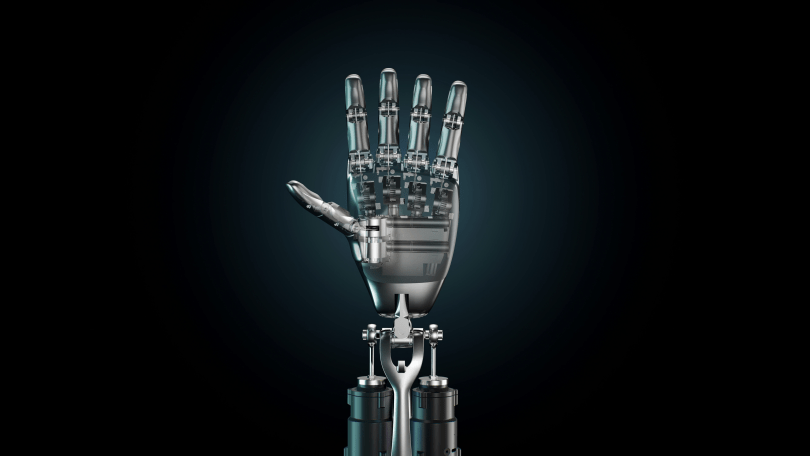
Optimus software
Optimus utilizes a central computer for its software processes to interpret data from multiple sensors, giving it a comprehensive view of its environment. Neural networks can manage the visual navigation system, allowing it to move effortlessly.
Optimus is packed with a library of natural motion references, essentially recordings of human motions like grabbing a box off a shelf. This motion data is optimized to fit the real-world environment. Here is the list of common movements of the Tesla robot:
- Forward walking
- Squatting
- Sidestepping
- Turning while walking
- Gripping and lifting an object
- Climbing stairs
- Squatting and picking up an object
- Walking on a slope or hill
- Using a drill
- Pushing and pulling objects
- Moving with an entity
- Using a screwdriver
The Humanoid Revolution: How the Tesla Robot Optimus is Changing the Game
As a humanoid robot, the Tesla Robot Optimus represents a significant shift towards more advanced and natural-looking robots. In the past, robots have been predominantly industrial and lacked the human-like appearance and movement that the Tesla Robot Optimus boasts. One vital benefit of humanoid robots is their flexibility. With their ability to imitate human movements, these robots can adapt to various environments and perform several tasks. This versatility makes the Tesla Robot Optimus a valuable asset to industries such as manufacturing and construction, where tasks can be physically demanding and sometimes dangerous.
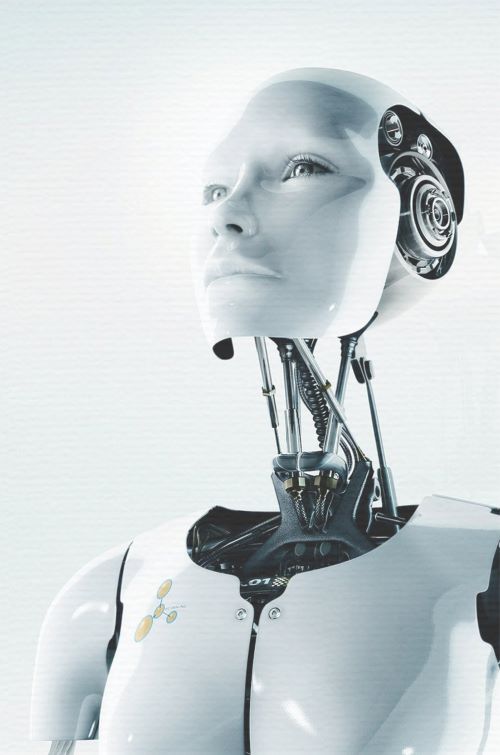
Moreover, the robot’s user-friendly interface makes it accessible to a wider range of users, from seasoned professionals to beginners. With the potential to customize the robot’s capabilities and settings, users can tailor the Tesla Robot Optimus to meet their specific needs for various applications.
As more companies adopt similar technology, the Tesla Robot Optimus will lead the path toward a more advanced and automated future. It will create new job opportunities in areas such as robot maintenance and programming, further boosting the industry and its potential to revolutionize the workforce.
Read more about the top 5 leading AI companies and how to select the right one for your business.
Tesla is already a giant in electric vehicle manufacturing. Additionally, Tesla Robot Optimus will be a game-changer in the robotics industry bringing advanced capabilities and a more natural appearance that positions it at the forefront of a fully-automated future.
Read more, what is the current status of electric vehicles in 5 popular countries.
Elon Musk’s Vision for a Tesla Robot Future
Elon Musk has a long-term vision of creating a world where robots are the essence of daily life. He believes robots will perform tasks more efficiently than humans, freeing people to focus on creative and fulfilling pursuits.
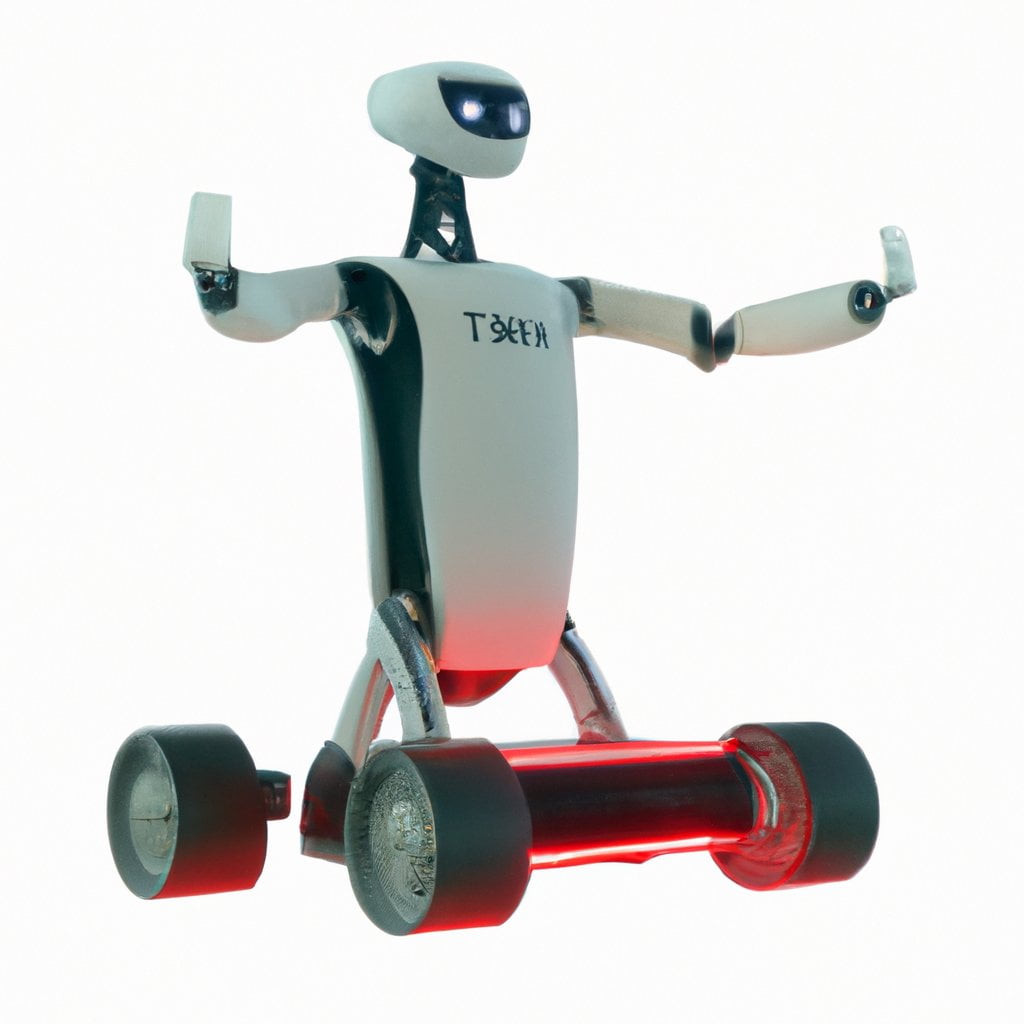
Robots and Automation
Musk envisions a world where robots take over mundane and repetitive tasks, including industry-specific jobs such as manufacturing, transport, and construction. He believes this shift towards automation will result in greater efficiency. As a result, humanity will progress in new and exciting ways.
Musk has long been a proponent of self-driving car technology and believes that this innovation will be vital to the success of automation and robotics. He also notes that the ultimate goal of the Tesla Robot Optimus and similar robots is to create a future where robots and humans coexist peacefully.
Read more about how to get started with Robotic Process Automation in 6 easy steps.
Challenges to Overcome
While the potential of advanced robotics is exciting, there are also challenges to overcome. Musk notes that one of the main challenges is to bridge the gap between human communication and understanding and the capabilities of AI.
Read our post on how to use Natural Language Processing (NLP) for better AI to learn about language generation in AI.
Musk also recognizes the importance of ensuring that robots are integrated into society responsibly. He has called on governments and regulatory bodies to put in place measures that ensure the safe and ethical use of robotics.
The Future of Robotics
Musk sees a future where robots play an ever-increasing role in daily life and help to create a more equitable and efficient society. With the Tesla Robot Optimus and other advanced robots, Musk is taking the first steps toward realizing this vision.
The Price of Innovation: Examining the Cost of the Tesla Robot Optimus
As with any new technology, the cost of the Tesla Robot Optimus is a crucial factor to consider. While the exact price of the robot has not been released, experts predict that it will be a significant investment.
However, considering the robot’s advanced features and capabilities, many companies may see the value in investing in the Tesla Robot Optimus. It’s vital to evaluate the potential savings in time, labor, and safety that the robot can provide.
It’s also worth noting that the initial launch of new technology can often come with a higher price tag. As the Tesla Robot Optimus becomes more widespread and competition increases, the cost may decrease over time. As per Musk, Optimus could cost around $20,000 and will be available for sale by 2027.
Overall, the cost-benefit of investing in the Tesla Robot Optimus will depend on the specific needs and goals of each company. As more information becomes available about the robot’s price and capabilities, it will be easier to assess whether it’s worth the investment.
The Tesla Robot Optimus represents a significant leap forward in robotics technology. It has the potential to transform industries and make tasks easier and safer for humans. With Elon Musk’s vision for an automated future, the Tesla Robot Optimus is just the beginning of what promises to be an exciting era in robotics. Overall, the Tesla Robot Optimus is an impressive and innovative creation that will continue to develop excitement and interest in the future.
